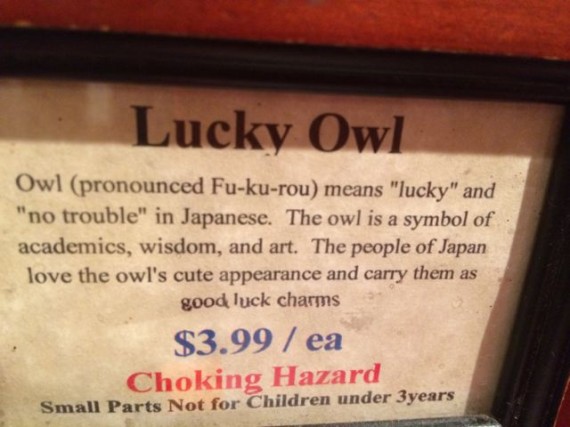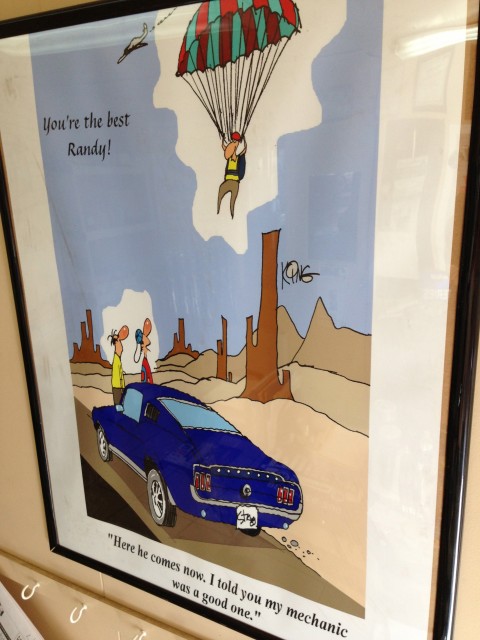How does a person or an organization become world class, and stay world class? Here are four tips to do just that. First, however we need to state the obvious:
It’s a double edge sword isn’t it? If consistency is the hallmark or quality, and continuous improvement is the key to becoming (and sustaining) world class status, how do you balance risk and reward?
Let’s use this example from yesterday.
As a professional speaker, there are several goals for every presentation:
- Give a speech to change the world
- Never give the same speech twice
- Ask great questions
- Get the audience to reveal the key points
Let’s review from a different angle, what you just read:
- Have passion and faith that impossible is possible
- Be authentic, not going through the motions
- Know where you want to go and be prepared to get there
- Lead, don’t manage
The second set of bullet points states the common sense theories that we all nod our heads in agreement when we hear them.
The first set illustrates how I internalized these common sense things to make them work for my particular role in the business world.
Now it’s your turn. Take the four common sense bullet points and make them your own. Tomorrow, I’ll share how practicing what I preach led to an amazing result.
You don’t have to any of this. And maybe that’s a leader’s biggest challenge, doing what’s easier rather than what’s harder. So here’s a fifth tip – being world class means out working your competition. Most people hate to admit this. And then they wonder why they aren’t world class.




